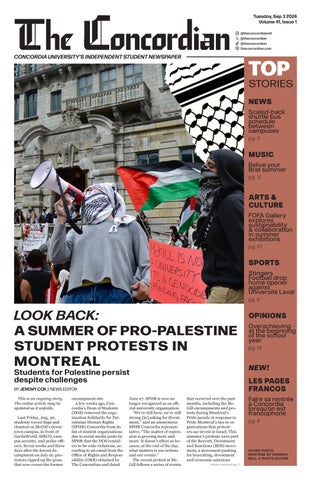
“UN Removes Pro-Palestinian Artwork from Public Quilt Exhibition”

# UN Removes Palestine-Themed Quilts from Peace Exhibit Amid Controversy
The United Nations (UN) recently found itself in a diplomatic and cultural imbroglio after removing portions of a public art exhibition that referenced Palestine. The exhibition, *The Global Peace Flag: Uniting the World*, was displayed at the General Assembly Lobby in New York City. It featured collaborative quilts made from reclaimed fabric, filled with messages from artists and individuals from 195 nations. However, after objections from Israel’s Permanent Representative to the UN, Danny Danon, the UN chose to remove parts of the quilt that referenced Palestinian liberation.
### Context of the Art Exhibition
The exhibition aimed to foster peace and unity through global artistic collaboration, focusing on environmental sustainability and multicultural expression. Organizer Runa Ray, an environmental activist and fashion designer, stated that the exhibition featured messages of hope for a peaceful future, especially involving young people and children. According to Ray, participants were invited to “express their visions of an equitable world.”
The project was endorsed by the UN’s Sustainable Development Goals (SDGs) Action Campaign, focusing on global cooperation in areas of human rights, peace, and ecological sustainability. Most quilt panels in the exhibition referenced broad themes like environmental justice, women’s rights, and opposition to war, but certain panels invoked specific geopolitical conflicts, including the Israeli-Palestinian struggle.
### The Controversial Panels
One particular quilt panel featured the phrase “from the river to the sea,” a contentious slogan long associated with Palestinian causes. This phrase was depicted next to a watermelon shaped like the map of historical Palestine, along with the caption “will be free.” Another panel displayed the words “Free Palestine” over the Palestinian flag. These references triggered a sharp reaction from Israeli officials.
In a video posted on his X (formerly Twitter) account, Israeli ambassador Danon condemned the works, stating that they promoted “hate” and called for the UN to remove the exhibition in its entirety. According to Danon, the concerned artworks equated to a call for the destruction of Israel, which he found unacceptable. His objections echoed Israel’s official stance that slogans like “from the river to the sea” could be interpreted as advocating the eradication of Israel.
### The UN’s Response
UN officials took quick action in response to the complaints. According to Vincenzo Pugliese, the Acting Chief of UN Visitors Services, exhibition staff had noticed potentially “controversial” language during the installation process three weeks earlier and had asked Ray to tape over particular panels containing explicit Palestinian references. Despite this, the tape was reportedly removed on two occasions, leading UN staff to take down the entire quilt.
Ray said in a statement that the removed quilt did not aim to critique or politicize any nation but emphasized fostering unity through art. She added that the project condemned all forms of terrorism and violence unequivocally. Ray further expressed her respect for Israel’s concerns, clarifying her intent to eventually display “flags from all nations — including those that have historically experienced conflict — side by side.”
### History of the Slogan
The phrase “from the river to the sea” has a complex and divergent set of interpretations. While some view it as a call for the destruction of Israel, others, including some scholars, frame it as a statement for Palestinian freedom and equality. The slogan has sparked numerous controversies in recent months, particularly in connection with pro-Palestinian demonstrations and artworks advocating the rights of Palestinians.
### Impact on Artistic Expression
This incident is part of a larger global trend where artworks containing Palestine-related content have been altered or removed. In several instances across the United States and internationally, art installations have been altered due to their inclusion of slogans deemed politically sensitive by governments or institutions.
For example, earlier this year, Oolite Arts in Miami faced backlash and subsequently removed an installation that featured the same contested slogan. The Canadian cultural center in Vaughan near Toronto also shuttered an exhibition curated by the granddaughter of a Holocaust survivor due to complaints about phrases like “Intifada” and “Free Palestine,” which some local residents found antisemitic.
Such instances have raised concerns among artists, activists, and cultural commentators about artistic freedom and the censorship of pro-Palestinian views, particularly amid the ongoing Israeli-Palestinian conflict.
### Conclusion: A Call for Balance in Artistic Expression
The removal of portions of *The Global Peace Flag* from the UN exhibition spotlights the challenging intersection of art, activism, and political diplomacy. Though well-intentioned as an effort to promote global peace, the incident has reignited debates around artistic censorship, particularly in conversations around the Israeli-Palestinian conflict.
Artists and advocates like Runa Ray argue that such platforms are meant to foster understanding and dialogue. On the other hand, diplomatic officials like Danny Danon highlight that artistic freedom must be tempered when messages seem to promote violence or division. The incident raises questions around how cultural institutions, especially global entities like the UN, can